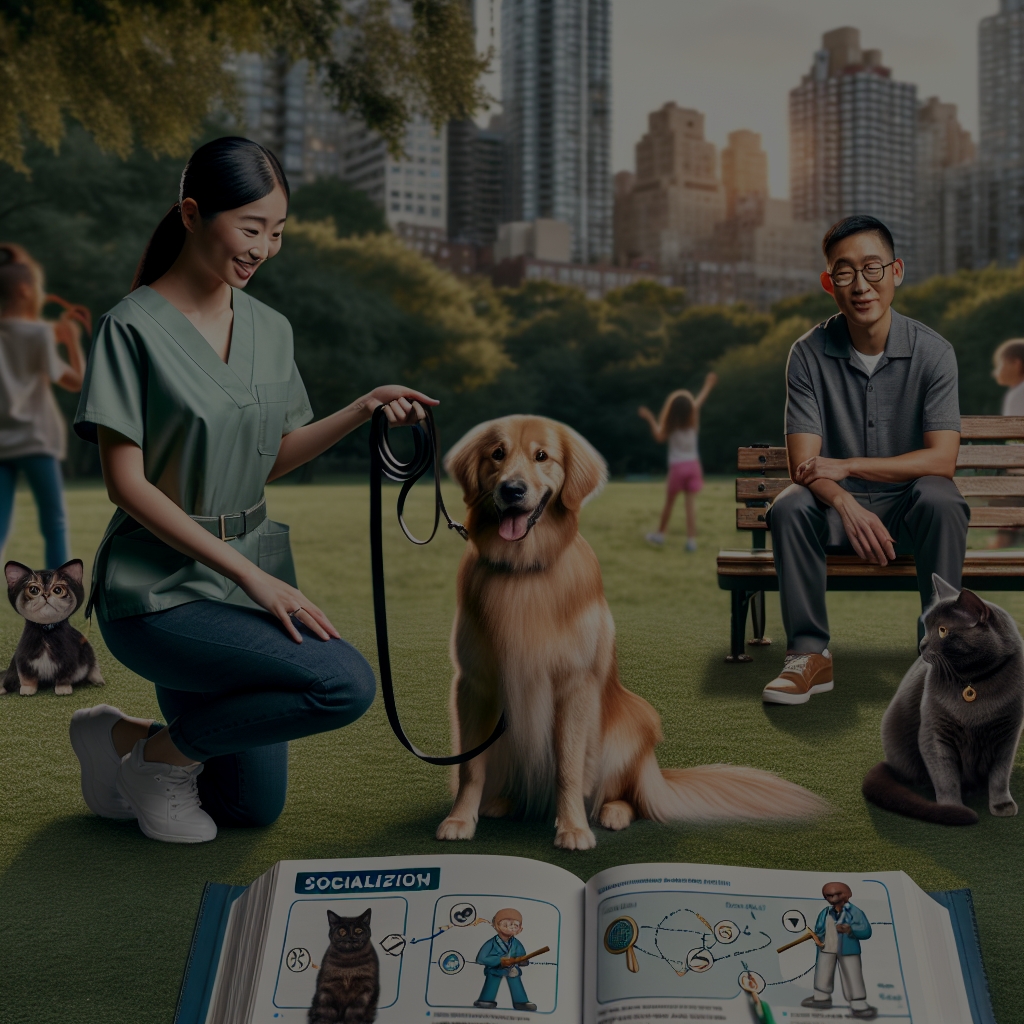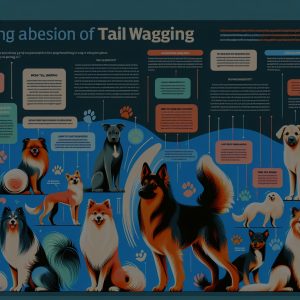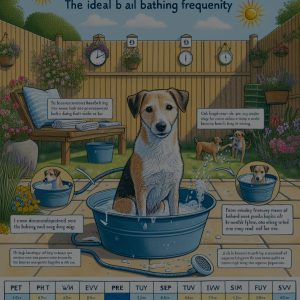
Socializing your dog with other pets is a crucial aspect of ensuring a well-rounded and harmonious household. It not only helps in reducing behavioral issues but also enhances your dog’s overall well-being. Understanding how to introduce your dog to new animal friends properly can make all the difference. This article delves into effective strategies for socializing your dog with other pets, focusing on the basics of canine social behavior, setting up initial introductions, supervising interactions, and employing positive reinforcement to encourage good behavior.
Understanding Canine Social Behavior Basics
Understanding canine social behavior is the foundation of successful pet socialization. Dogs are pack animals by nature, which means they have innate social structures and communication methods. Recognizing these behaviors, such as tail wagging, body posture, and vocalizations, can help you interpret your dog’s feelings during interactions with other pets. This understanding can prevent miscommunication and potential conflicts.
Different breeds and individual personalities also play a significant role in how a dog interacts with other animals. Some breeds may be naturally more sociable, while others might require more time and patience to warm up to new companions. Knowing your dog’s breed tendencies and individual temperament can guide your approach and expectations during the socialization process.
Early socialization, ideally when your dog is a puppy, can significantly impact their ability to interact positively with other animals. However, even older dogs can learn to get along with new pets with the right guidance and approach. The key is to be patient and consistent, providing your dog with controlled and positive social experiences.
Initial Introductions: Setting the Right Environment
Creating a calm and neutral environment for initial introductions is crucial. Choose a quiet, distraction-free area where both animals can feel safe and secure. Avoid high-stress locations like busy parks or unfamiliar outdoor areas. A neutral space, such as a friend’s backyard or an enclosed garden, can prevent territorial behaviors from arising.
Before the actual meeting, ensure both pets are well-exercised and calm. This can help reduce excess energy and potential agitation during the introduction. Bringing the pets together on neutral ground with leashes can allow for controlled interactions and prevent either animal from feeling overwhelmed.
Observe the body language of both pets closely. Look for signs of stress or aggression, such as growling, stiff posture, or prolonged staring. If either pet shows any negative signs, calmly separate them and give them time to cool down before trying again. Gradual and controlled exposure will help both animals acclimate to each other’s presence without feeling threatened.
Supervised Interactions: Ensuring Safety and Harmony
Supervised interactions are essential to ensure the safety and harmony of both pets. During these sessions, keep both animals on a leash initially. This allows you to maintain control and intervene if necessary. Gradually increase the length of these sessions as both pets become more comfortable around each other.
Monitor the interactions closely for any signs of discomfort or aggression. Positive signs may include relaxed body posture, wagging tails, and playful behavior. If either pet shows signs of stress, such as hiding, growling, or snapping, separate them calmly and provide a break before trying again. It’s essential to prevent negative experiences that could set back the socialization process.
Use barriers such as baby gates or playpens to allow the pets to see and smell each other without direct contact. This method helps them get used to each other’s presence in a safe and controlled manner. Over time, you can gradually reduce the barriers, allowing for more direct interaction as their comfort levels increase.
Positive Reinforcement: Encouraging Good Behavior
Positive reinforcement is a powerful tool in socializing your dog with other pets. Rewarding good behavior with treats, praise, and affection reinforces the desired actions and encourages your dog to repeat them. During interactions, reward both pets for calm and friendly behavior, such as sniffing each other, playing gently, or simply being relaxed in each other’s presence.
Consistency is key when using positive reinforcement. Make sure that all family members are on the same page and use the same commands and rewards. This unified approach helps reinforce the behavior more effectively and prevents confusion for your dog. Keep training sessions short and frequent to maintain your dog’s interest and focus.
Avoid punishing your dog for negative behavior during interactions, as this can create fear and anxiety, worsening the situation. Instead, redirect their attention to a positive activity or separate them for a short period. Focus on building positive experiences and gradually increasing the complexity of social interactions as your dog becomes more comfortable.
Successfully socializing your dog with other pets requires patience, understanding, and consistent effort. By grasping the basics of canine social behavior, setting up the right environment for initial introductions, supervising interactions carefully, and using positive reinforcement, you can foster a peaceful and friendly relationship between your dog and other animals. Remember, each dog is unique, and the process may take time, but with dedication and the right strategies, harmonious multi-pet households are achievable.










